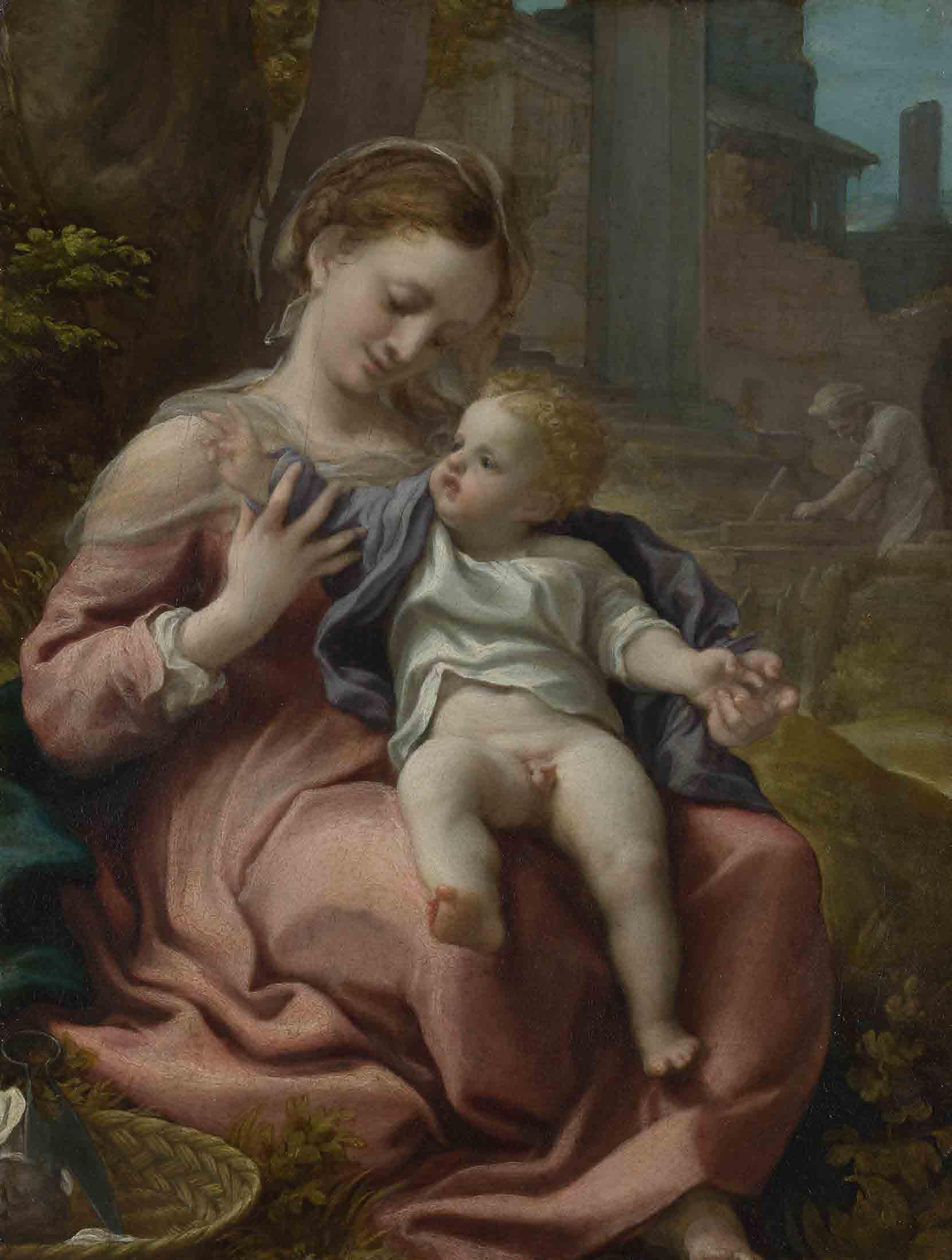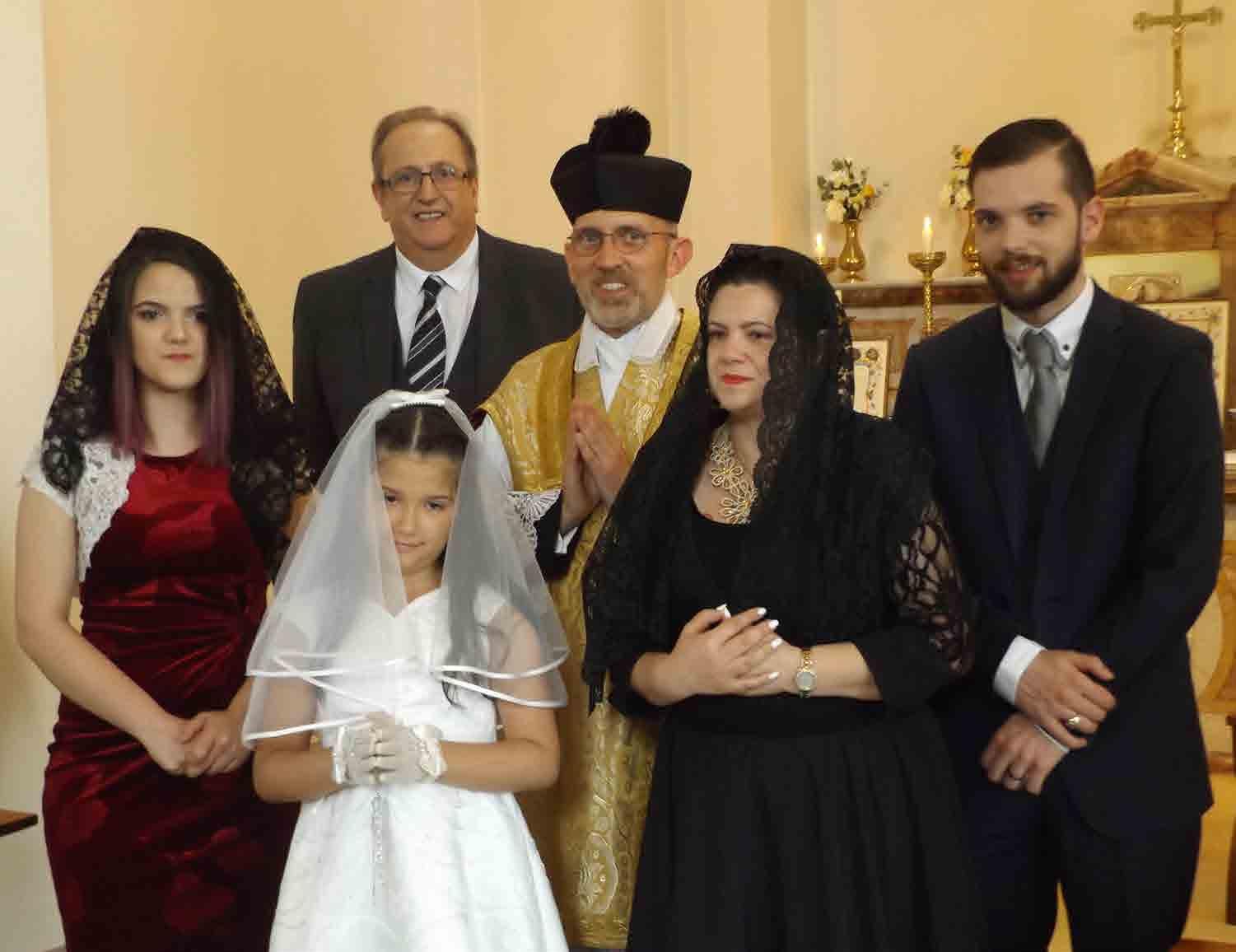CHAIRMAN’S MESSAGE
You should see the other guy! Joseph Shaw on how the Church continues to bury her undertakers
T
he history of the Church since the French Revolution may easily seem to be a history of failure: a succession of defeats. Recent events have done nothing to change this perception, and the prospects for the immediate future look no rosier. One can even lapse into a sense of the inevitability of the Church’s decline, a sense which can easily become a self-fulfilling prophecy. It is important to keep the larger historical narrative in view. This wider view reveals something interesting. The 16th century persecutors of the Church no longer exist: their attitudes and ideas, and to a large extent their institutions, have crumbled into dust. The Jacobins and Bonapartists who thought they had inherited the earth and would rid it of the Church, have similarly disappeared. The same goes for the Anti-Clerical parties of the 18th and 19th centuries, the Nazis, and the Communists. Like the Roman and Persian persecutors of Antiquity, as organised ideological groups they have for practical purposes ceased to exist: they are dead. The Church’s difficulties are certainly serious, and her continued existence in England is no more guaranteed than it was in 16th century Sweden or 8th century Carthage. Nevertheless, through all these difficulties she continues to bury her undertakers: those who thought that, at last, they would finish her off. You think the Church is looking a bit beaten up? You should see the other guy. Something else to notice is that if the Church in the year 2000 seems worse off than in 1500, the half-millennium between those dates was by no means an uninterrupted process of decline. During that time the Church evangelised the Americas, not only converting millions of souls, but making possible
AUTUMN 2018
new avenues of art, intellectual life, and personal sanctity. In the Old World, after the disasters of the Protestant Revolt, and again after those of the French Revolution, the Church experienced periods of remarkable rebuilding. The Church in England and Wales saw an extraordinary period of growth over a century and a half starting in the early 19th century: this encompassed the restoration of Catholic institutions such as schools and monasteries, the restoration of the parish system and the hierarchy, and the reception of converts in large numbers, including a stream of public figures, writers, and intellectuals. There is nothing inevitable about the Church’s decline: it is not fixed in the stars. History is not linear: the Church experiences both headwinds and periods of stability and growth. The problems we are experiencing now will in time give way to more favourable conditions. That is not, however, an argument for sitting back and letting history take its course. On the contrary, the witness of the Church during the difficult periods is of immense importance for the succeeding age. The Catholic martyrs and confessors of Penal Times in England and Wales were, in truth, representatives of a steadily declining remnant of Catholic faithful in that period, but against the odds they maintained the continuity of the Catholic community, and their heroic sufferings were the key inspiration, and a public badge of authenticity, for the Church here when the storm had passed. The 19th century Catholic Church in England and Wales was not the Church of people who had lapsed under pressure or run away: it was the Church of those few who had stood their ground, and in many cases had died for the truth. This is why the Catholic Church’s prospects in England and Wales in, say, 1800, were so different from the Church’s prospects in Scandinavia or Saxony. The English Church’s material and human resources might have seemed close to
zero, but there was something to build on, in practical and particularly in moral terms, and that made all the difference. We might say that the importance of the behaviour of the few remaining Faithful under persecution is magnified in comparison with the efforts of Catholics in happier times. The witness of St John Fisher and St Thomas More reverberates down the ages for their fellow-countrymen, in a way that the work and witness of even major figures like St Aelred of Rievaulx or St Vincent Ferrer do not. This difficult time presents us with an opportunity to play a part in the mission of the Church of far greater significance than would be possible for us as individuals in other ages. What degree of continuity, of fidelity to what has been passed on to us, will we bequeath to our children and grandchildren? What kind of witness and inspiration will we be for the Church of the future? Redimentes tempus, quoniam dies mali sunt: ‘Redeem the time, for the days are evil.’ (Eph. 5:16).
"I expect it's something to do with the new liturgy."
From Postumous Cracks in the Cloisters by Brother Choleric (Dom Hubert van Zeller), 1962.
5














